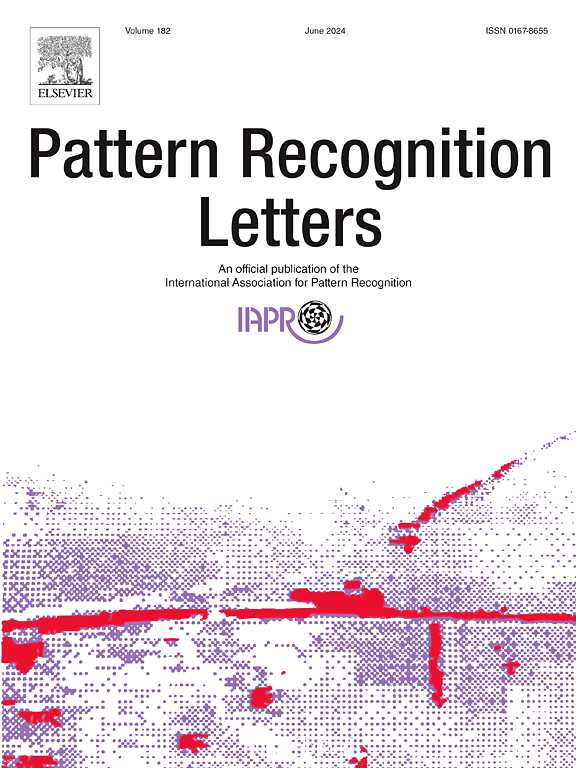RESAMPL-UDA: Leveraging foundation models for unsupervised domain adaptation in biomedical images
IF 3.3
3区 计算机科学
Q2 COMPUTER SCIENCE, ARTIFICIAL INTELLIGENCE
引用次数: 0
Abstract
Large annotated datasets and new models have led to significant improvements in supervised semantic segmentation. On the other side, Unsupervised Domain Adaptation (UDA) for Semantic Segmentation is still an arduous open research topic. While new ideas frequently come out based on recent findings, best methods still rely on basic techniques such as the use of pseudo-labels on target for self-training. Nonetheless, such methods fail when applied to difficult UDA cases like Biomedical Images where the domain shift is too high, leading to pseudo-labels of poor quality. In this work, we propose RESAMPL-UDA (REfined SAM-based Pseudo Label UDA), an unsupervised domain adaptation method that effectively integrates zero-shot predictions from the Segment Anything (SAM) model. Given the high complexity and variability of biomedical images, SAM alone often produces detailed segmentations without necessarily capturing the intended structures. To address this, our method involves training a dedicated refinement network on source domain data to selectively enhance SAM-generated masks. These refined segmentations then serve as reliable pseudo-labels within our UDA framework, significantly facilitating the adaptation process. Experiments on 8 adaptation cases demonstrate that our method outperforms the state of the art. In addition, we extend successfully our work to Source-Free Unsupervised Domain Adaptation, demonstrating its versatility. The code is available : https://github.com/alex-stenger/RESAMPL-UDA.
resamp - uda:利用基础模型在生物医学图像中进行无监督域适应
大型标注数据集和新模型在监督语义分割方面取得了重大进展。另一方面,用于语义分割的无监督域自适应(UDA)仍然是一个艰巨的开放研究课题。虽然新想法经常基于最近的发现而出现,但最好的方法仍然依赖于基本的技术,例如在目标上使用伪标签进行自我训练。然而,这种方法在应用于诸如生物医学图像等困难的UDA情况时失败,因为这些情况下域移位过高,导致伪标签质量差。在这项工作中,我们提出了resamp -UDA(基于SAM的精制伪标签UDA),这是一种无监督域自适应方法,可以有效地集成来自SAM模型的零射击预测。考虑到生物医学图像的高度复杂性和可变性,单独的SAM通常产生详细的分割,而不一定捕获预期的结构。为了解决这个问题,我们的方法涉及在源域数据上训练一个专用的细化网络,以选择性地增强sam生成的掩码。然后,这些精细化的分割在我们的UDA框架内作为可靠的伪标签,极大地促进了适应过程。8个自适应案例的实验表明,该方法优于现有的自适应方法。此外,我们成功地将我们的工作扩展到无源无监督域自适应,展示了它的多功能性。代码是可用的:https://github.com/alex-stenger/RESAMPL-UDA。
本文章由计算机程序翻译,如有差异,请以英文原文为准。
求助全文
约1分钟内获得全文
求助全文
来源期刊

Pattern Recognition Letters
工程技术-计算机:人工智能
CiteScore
12.40
自引率
5.90%
发文量
287
审稿时长
9.1 months
期刊介绍:
Pattern Recognition Letters aims at rapid publication of concise articles of a broad interest in pattern recognition.
Subject areas include all the current fields of interest represented by the Technical Committees of the International Association of Pattern Recognition, and other developing themes involving learning and recognition.
 求助内容:
求助内容: 应助结果提醒方式:
应助结果提醒方式:


